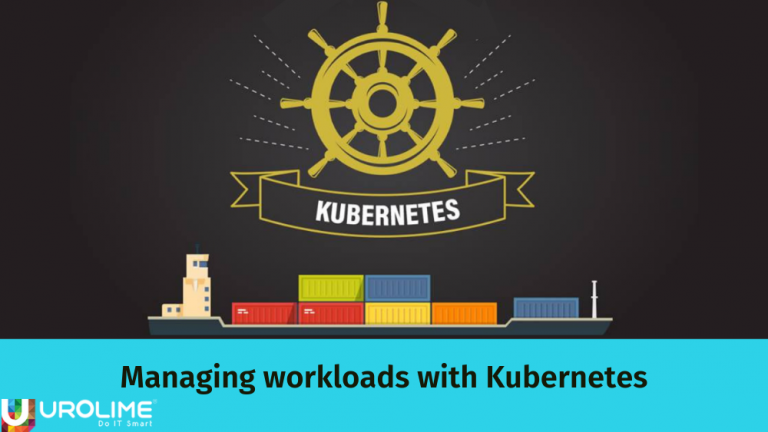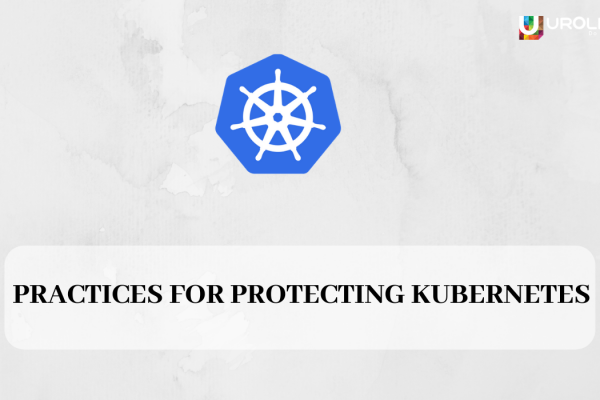Kubernetes, the container orchestration platform developed by Google was developed with the purpose for automating deployment, scaling and managing of containerized applications. It is currently maintained by the Cloud Native Computing Foundation along with popular tools namely Prometheus.
Currently, containerization technology of applications has gained considerable prominence. This technology involves encapsulating an application in a container or instance with its own operating environment such that it can run on a suitable physical machine without any dependencies.
Managing workloads
Adopting a container based architecture by almost every organisations has been increased to the point a container orchestrator has become necessary to manage containerized workloads. In order to manage these containerized workloads, kubernetes provides many steps. Managing and deploying the containerized applications and other workloads on the Kubernetes Engine cluster, the kubernetes system is used to create kubernetes controller objects.
Classification of workloads
Kubernetes provides the use of different controller objects to manage the different types of workloads. Certain controller objects are used for representing specific types of workloads. Some of the common types of workloads and the controller objects used to run them are:
Stateless applications: Stateless applications are applications which do not store data to persistent storage. Instead, data and application state stay with the client, therefore the stateless applications more scalable. To deploy stateless applications as uniform, non-unique pods, the Deployment controller is used by Kubernetes.
Stateful applications: Unlike a stateless application, Stateful applications save data to persistent storage. A Database is an example of stateful applications. For deploying stateful applications as StatefulSet objects, Kubernetes uses the StatefulSet controller.
Batch jobs: Batch jobs are finite, independent, and parallel tasks which run until their completion. Some examples of batch jobs are sending emails, rendering video, and performing expensive computations. A kubernetes Job is be created to execute and manage a batch task on the cluster.
Daemons: They perform background tasks that are ongoing in their assigned nodes without the need for user intervention. Examples include log collectors like Fluentd and monitoring services. In order to deploy Daemons on a cluster, Kubernetes creates the DaemonSet controller.
Conclusion
Kubernetes, an open source platform introduced in 2015 evolved from container orchestration of applications to handling different types of complex workloads. Its open source nature allows most organisations to use Kubernetes, thereby reducing cost.
About Us
Urolime is one of the leading DevOps consulting company with a handful of experience in supporting customers around the globe in adopting DevOps practices. As an AWS and Cloud consulting partner, Urolime not only has experience in Cloud Migrations but also support the vast customer base to enable scalable and highly available architecture on AWS, Azure, and GCP. The customers benefit from our expert involvement in Deployment Automation (CI/CD), Infrastructure Automation, Dockerization, Security, Disaster Recovery Planning & Implementation and 24/7 Managed Services with 10 Minutes SLA. Urolime is one of the companies which deals with a bunch of Kubernetes solution build for the customer on AWS, Azure, and GCP.
![]()






